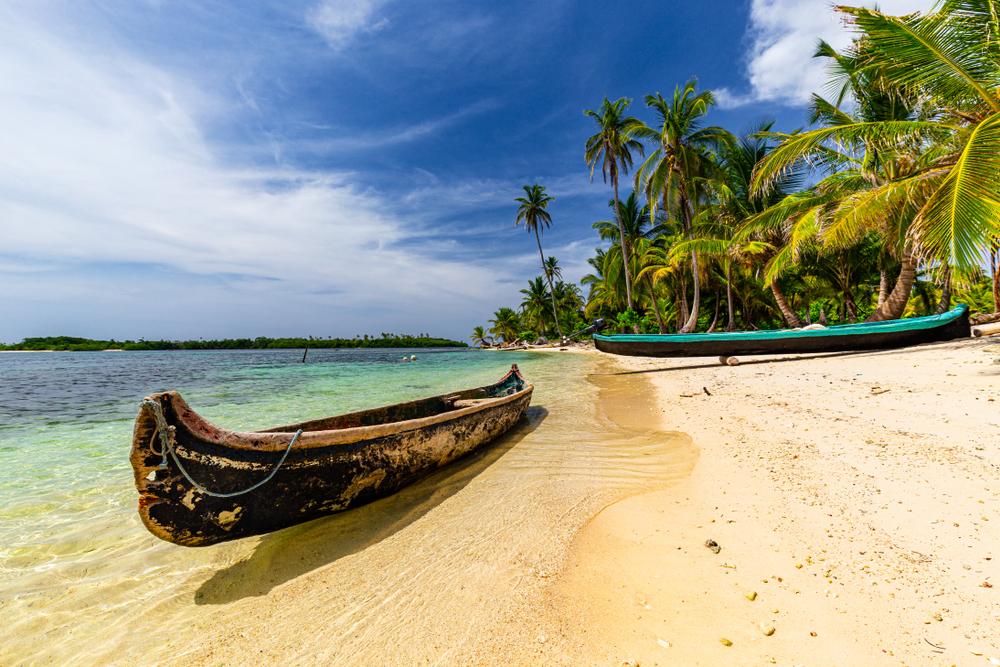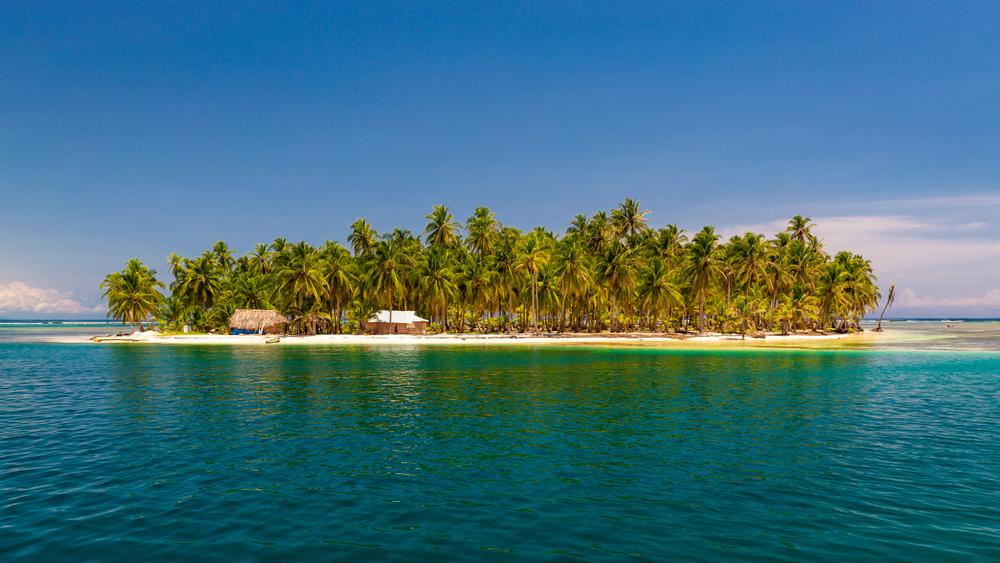Everyone knows the canal, but Panama, the diminutive land bridge of a country, doesn’t seem to get the attention it’s due. Did you know Panama stretches east-west and that the northern entrance to the Panama Canal from the Atlantic Ocean is actually farther west than where it meets the Pacific to the south? I lived there for a year while teaching English at a couple of universities, and I found a boatload of natural sites to frequent. The short driving distances meant I could see more in less time. Tourism has come a long way since my time in Panama—the secret is out of the bag—but that has only made travel there all the easier. Here are just a few of my personal favorite destinations and activities.

Dugout canoes on the beautiful sand beach on San Blas Islands, Panama. Daniel Lange/ Shutterstock





